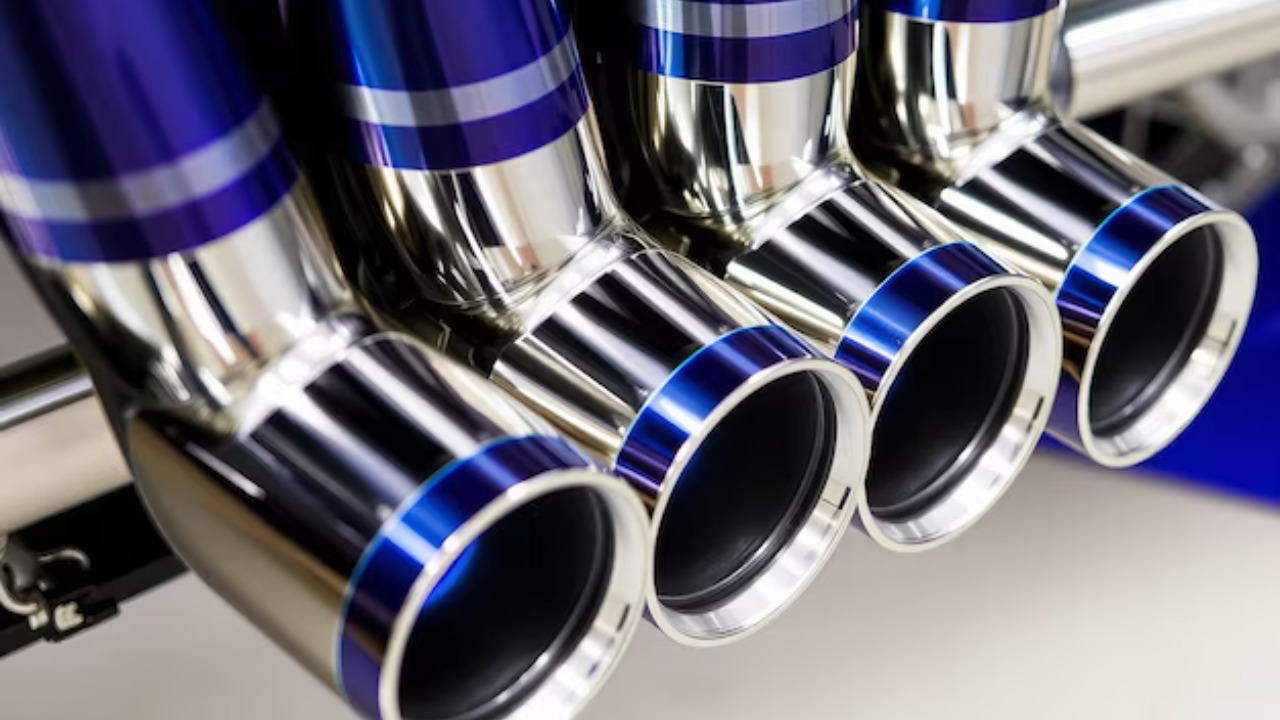
Have you ever noticed water dripping from your car’s exhaust pipe? This common phenomenon often raises questions among drivers about whether it is a sign of a problem or just a normal part of vehicle operation. Understanding what causes this can help determine if it’s something to be concerned about.
Understanding the Basics of Vehicle Exhaust Systems

The exhaust system in a vehicle plays a crucial role in channeling away harmful gases produced during combustion, ensuring they do not enter the cabin and instead exit safely out of the vehicle. The system comprises several components, including the exhaust manifold, catalytic converter, and muffler. Together, these components work to reduce emissions and enhance engine efficiency.
One of the common byproducts of combustion is water vapor, along with carbon dioxide and other gases. As fuel burns in the engine, water vapor is created, and under certain conditions, it can condense and become visible as water droplets dripping from the exhaust.
Regular maintenance of the exhaust system is essential. It ensures that the system functions optimally, preventing the buildup of harmful emissions and maintaining engine performance. Regular checks can also help identify any potential issues early, preventing more severe problems down the road.
The Science Behind Water Formation in Exhaust Pipes

The process of combustion in engines inherently leads to the formation of water vapor as a byproduct. When the exhaust system cools down, especially in colder climates, this vapor can condense into liquid water. This is why you might notice water droplets forming and dripping from your exhaust pipe.
Temperature variations play a significant role in this condensation process. During colder weather, the likelihood of water vapor condensing inside the exhaust system increases, making the dripping more noticeable. Additionally, modern catalytic converters aid in reducing emissions but can also increase water vapor production as a result of their function, further contributing to this phenomenon.
When Dripping Water is Considered Normal

Water dripping from the exhaust is often more prevalent during cold starts. When you start your car after it has been sitting for a while, especially overnight, the engine and exhaust system are cold. As the engine heats up, the water vapor produced condenses within the exhaust and exits as drips, indicating that your engine is warming up efficiently.
Driving habits also influence this occurrence. Short trips and infrequent car use can lead to water accumulation since the engine may not reach the optimal temperature needed to evaporate the moisture completely. It is important to distinguish between normal condensation and excessive dripping, which might indicate a potential issue. If the dripping is excessive or accompanied by other symptoms, it may warrant further investigation.
Potential Concerns and When to Seek Help

While water dripping from the exhaust is usually harmless, there are signs that could indicate exhaust system problems. Unusual noises, visible rust, or excessive water buildup could signal that something is amiss. These symptoms should not be ignored, as they could lead to more significant issues if left unaddressed.
Excessive water buildup can damage the exhaust system over time, leading to rust and corrosion. If you notice signs of trouble, it is crucial to get a professional assessment. Consulting a mechanic can help prevent potential damage and ensure your vehicle remains in good working order.
Environmental and Efficiency Considerations

Water production in exhaust systems has implications for vehicle emissions. While it is a normal byproduct, understanding its impact on emissions can raise awareness about environmental concerns. Ensuring your exhaust system is functioning correctly can help minimize its environmental footprint.
Furthermore, water formation can also reflect on engine performance and fuel efficiency. In hybrid engines, for instance, water vapor production is a common aspect of their operation, and advances in technology aim to manage this more effectively, reducing emissions and improving efficiency.